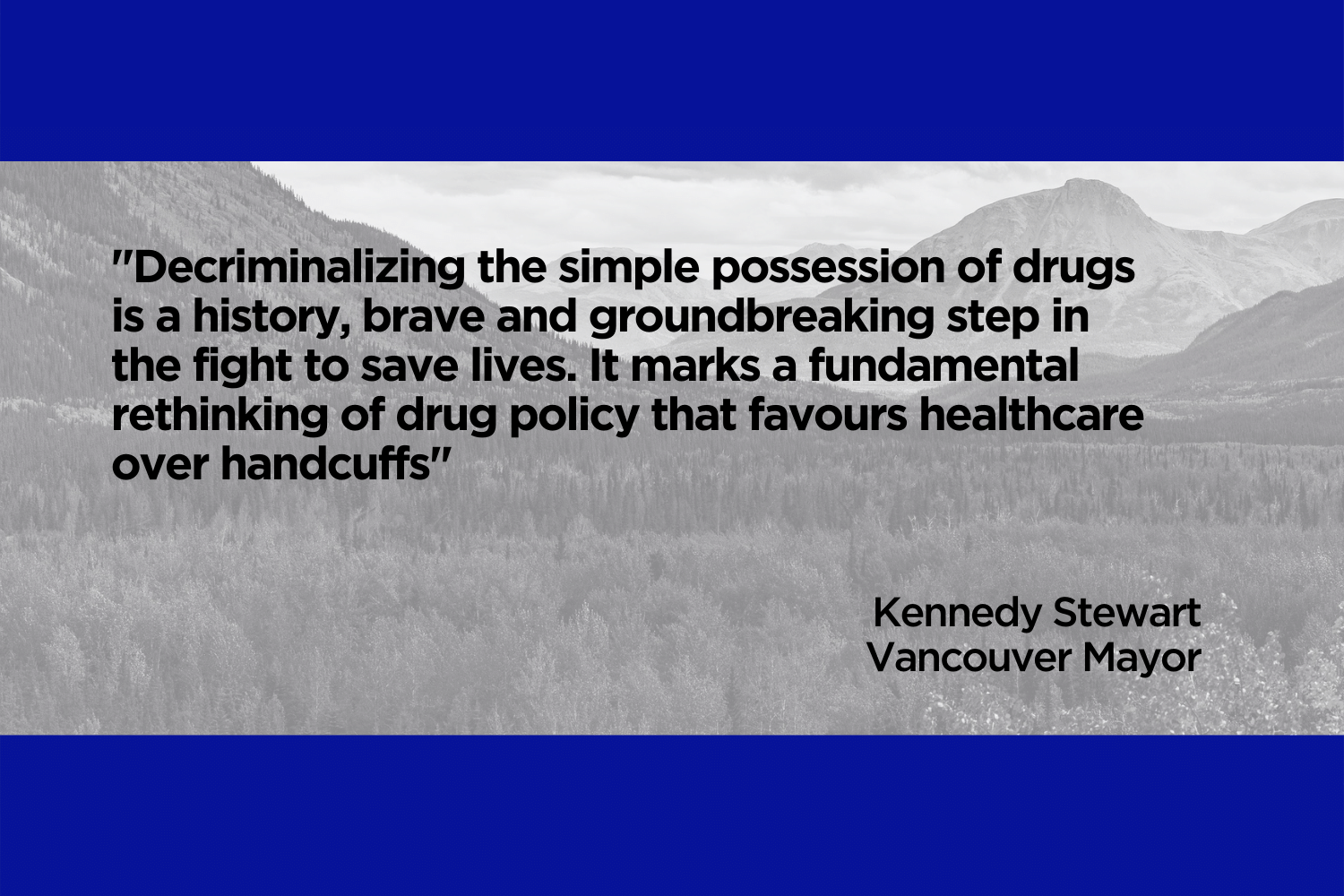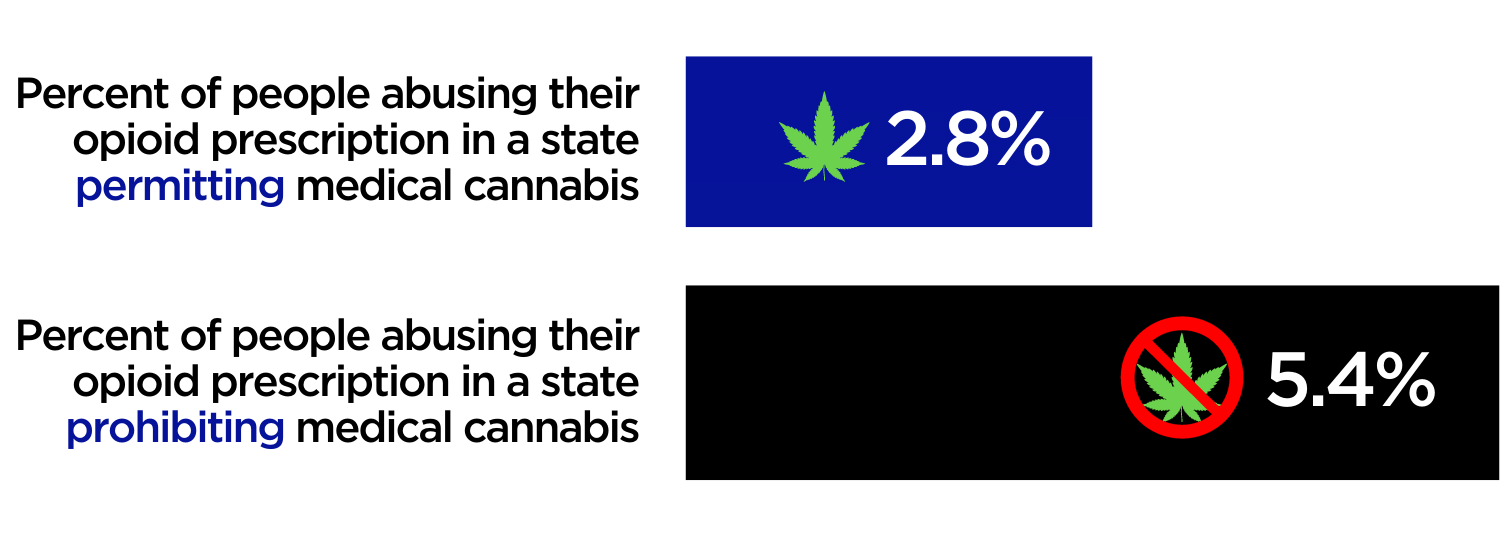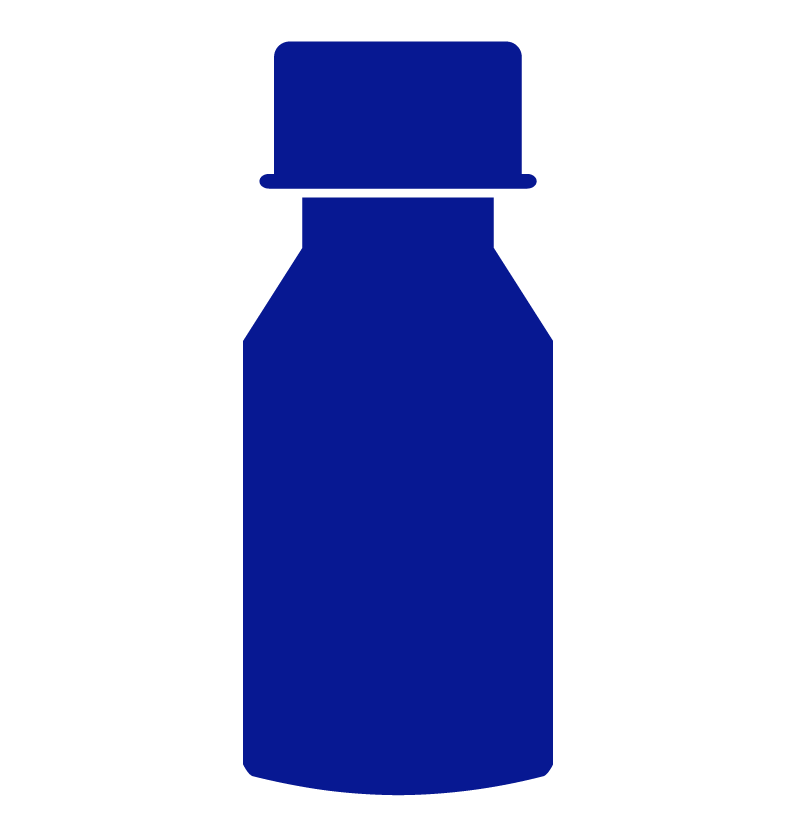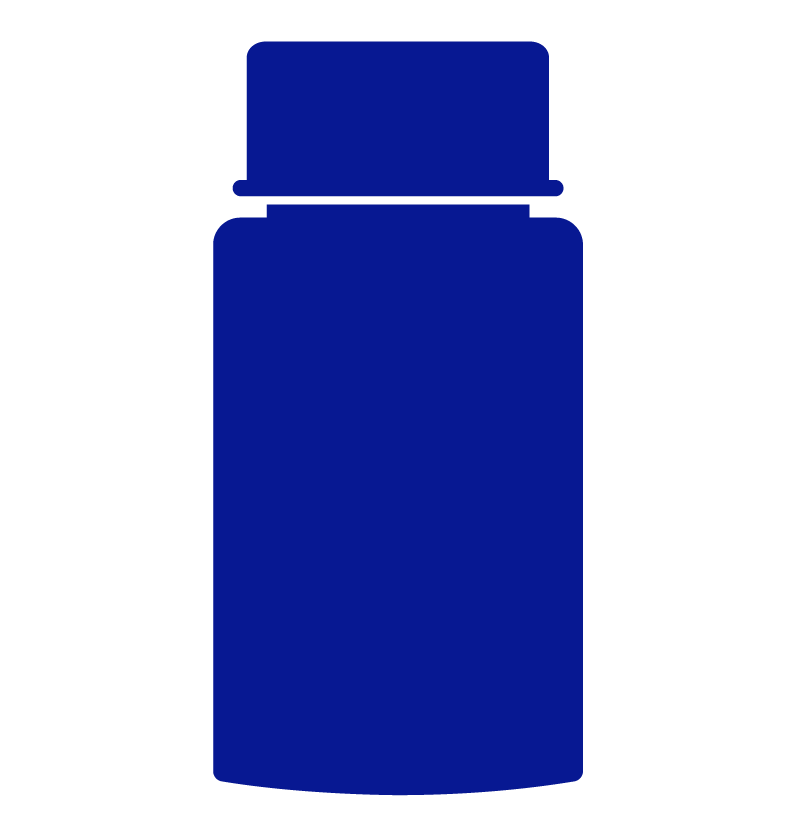The province of British Columbia (BC) announces that starting January 31, 2023, adults (18 and over) in BC will not be subject to criminal charges for the possession of up to 2.5 grams of certain illegal drugs for personal use. The exemption only covers possession for personal use with no intent to traffic, produce or export.
Additionally, the Government of Canada announced $11.78M in funding for projects in BC to address and prevent substance related harms and to help save lives.
Given BC’s record rates of substance abuse and overdose fatalities, this is a step in the right direction to make out healthcare system more compassionate. We need to rethink how emergency support and mental health resources are made accessible to individuals who need them.

Why?
British Columbia has been significantly impacted by overdose deaths and related harms, which has worsened with the pandemic.
This exemption will ensure that those possessing a small amount of certain illegal drugs for personal use will not be subject to criminal charges, and instead, will be supported with social and health services. According to studies, punishing people with substance use disorders with criminal charges can exacerbate their physical, emotional, psychological, and financial issues, as well as burden them with the criminal justice system’s complexities. Substance us is a complex public health issue, many of which can be beyond an individual’s control.
This is Canada’s first exemption of its sort, and the federal government will monitor whether it achieves its goals of reducing stigma and harms associated with substance abuse while also increasing access to health and social services.
Cannabis is a Gateway Exit Drug
Is cannabis able to help in the fight against the opioid crisis?
One in every five Canadians suffers from chronic pain. Canada is the world’s second-largest consumer of opioids per capita (the U.S. is the highest). This, combined with the usage of illegal heroin and fentanyl, has resulted in an opioid epidemic that has resulted in 5,368 deaths between January and September 2021, or around 20 deaths per day. In addition, 4,532 hospitalizations with opioid-related poisoning occurred throughout the same time period, averaging 17 per day.
Cannabis was once thought to be a ‘gateway drug’, leading to the use of more dangerous drugs and addiction. This idea has been substantially debunked since we have seen time and time again how cannabis may be used to effectively replace potentially harmful drugs like opioids and benzodiazepines. At the very least, we can replace a medicine that has the potential to kill people (opioids) with one that does not (cannabis). According to data from the United States, medical cannabis laws have lowered opioid prescribing in every state where they have been implemented.

Naloxone
Naloxone is a fast-acting drug used to temporarily reverse the effects of opioid overdoses. Naloxone can restore breathing within 2 to 5 minutes. When you take an opioid, it affects certain receptors in your brain. Naloxone works by kicking opioids off the receptors in your brain and binding to those receptors instead. This reverses or blocks the effects of opioids on your body. Click here to find out where to get naloxone in your province or territory:
• Take-home naloxone kits are available at most pharmacies.
• A prescription is not needed.
• Ask the pharmacist.





